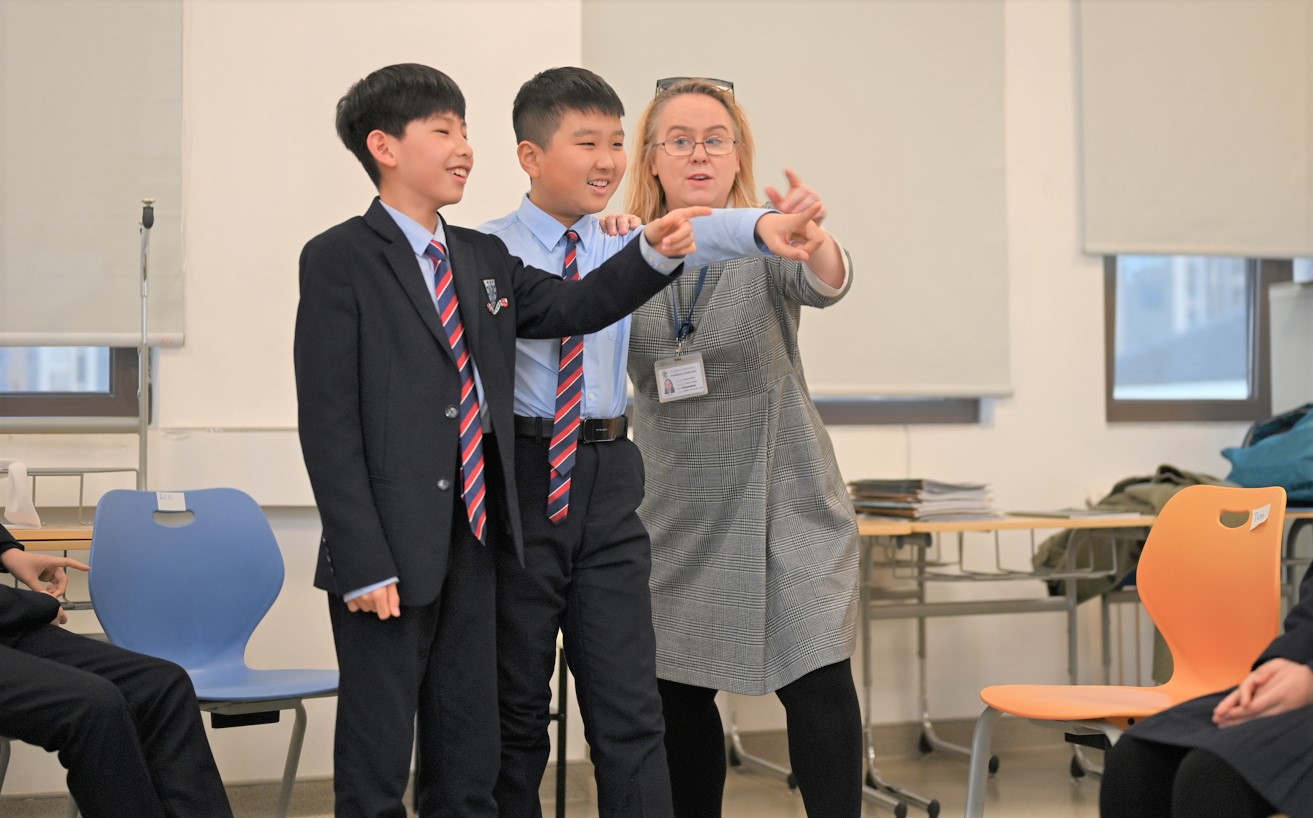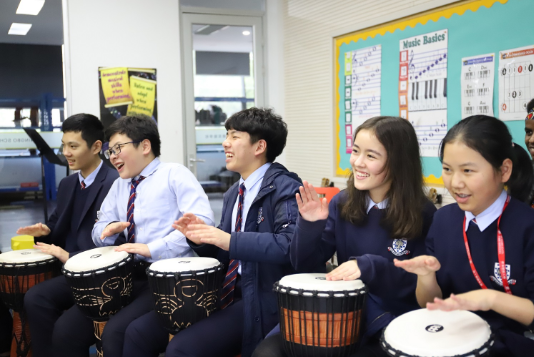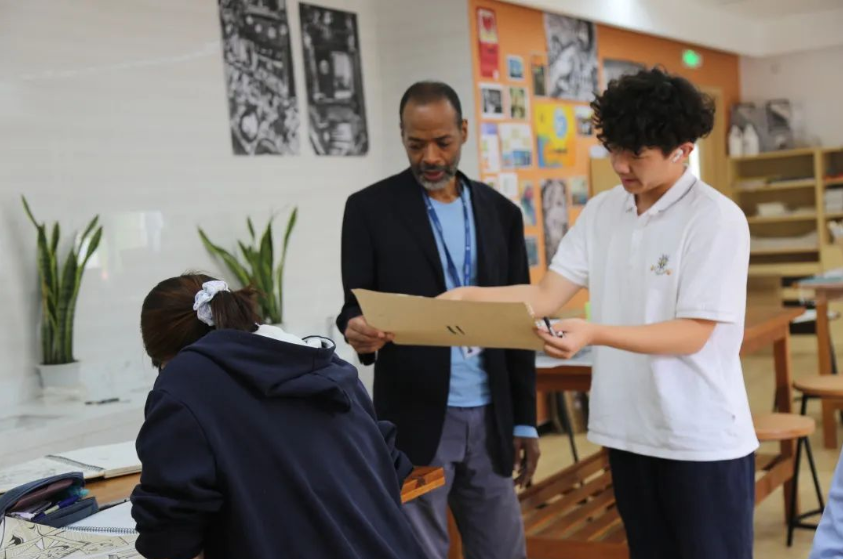STEAM Curriculum

STEAM blends a variety of scientific subjects - Science, Technology, Engineering, Arts and Mathematics. It transcends the boundaries of subjects, and encourages students to solve practical problems.
At HD schools, STEAM has become one of our most distinguished courses where students explore various given projects in a group setting. Secondary students, for example, engaged in a project to construct 3D model of a campus. During a given period, students independently completed on-site measurements of each building, consolidated all the data collected on a 2D plan, and finally drew a 3D model using Sketchup software.
We believe the STEAM curriculum is able to open up students’ imagination, develop their cognitive visualization and abstract thinking, which is far superior to mere knowledge input alone. STEAM has exceeded our traditional way of thinking when it comes to what a course should look like. While traditional methods emphasize the grasping of knowledge related to unique conclusions, STEAM provides the ability to engage in hands-on projects which allows for more than one solution. As a result, students are fully engaged in learning and eventually learned how to learn. Consequently, students are prepared with both the knowledge and techniques they need to solve real-life problems.
Drama Curriculum

There is a lot of established research about the positive influences from drama, theatre and the performing arts on young people. The benefits are physical, emotional, social, and they help to develop a healthy appreciation of culture and the arts. Students benefit in many ways - including improved self-confidence, imagination, empathy for others, co-operation, concentration, communication skills and improved memory. Being on a stage, whether alone or with others, is a daunting experience. These challenging experiences help develop children into young adults, giving them the characteristics to succeed in life and work.
HD students benefit from the unique opportunity to experience both Eastern and Western genres of theatre. Our students learn about Stanislavsky’s system for actor training, preparation and rehearsal technique. The environment is very active and stimulating, encouraging creativity and theatrical improvisation.
Music Curriculum

Music at HD Secondary School provides a comprehensive education into the breath of musical genres throughout history and around the world. It is an exciting and challenging curriculum designed to open students’ eyes to the world of music and the opportunities available to them, including music making, appreciation, creativity and expression. Facilities at HD are extensive and include a large 230-seater auditorium and a specialised Music building - which houses a range of classical, rock and world instruments for the students to discover.
Our students study a general curriculum covering musical history and appreciation. They investigate world music such as, African drumming, Gamelan (an Indonesian style of music) and American Blues.
There are also a range of cross-curricular activities that involve the other academic departments, for instance the study of melodrama pieces. In this context, the English Department may study a text in depth, from a literary perspective; the Art Department may assist with prop design for a school production; and the Maths Department may examine the mathematical formulas demonstrated within musical pieces
Art Curriculum

In the lower secondary art curriculum, art teachers lead students through a unit study format in which they gradually master the six basic elements of art and the fundamentals of design, while encouraging them to explore a variety of media and techniques and introducing them to influential literary trends, art movements, and artists from around the world. Along with basic skills training, art teachers also focus on introducing influential art trends and artists to help students build a foundation in art theory as they move into the upper secondary level, naturally connecting them to the more specialized IGCSE’s art and design studies, and deepening their understanding of the multicultural context behind art.
At the upper secondary level, students begin taking IGCSE’s Art and Design courses. For students who wish to pursue art as their major, the IGCSE’s Art and Design program provides students with a more solid and professional art training. Students are specifically trained in imagination, perception, observation, and expression through the elements of art and art theory in the lower secondary years; if they wish to pursue a professional art path in the future, they can take IGCSE’s Art and Design in grades 9 and 10. During the two school years, they are required to turn their ideas into finished products or complete solutions, prepare a portfolio, and can register for the IGCSE’s general examination in the grade 10.


